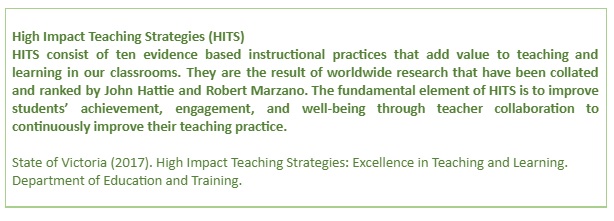Summary
Why do teachers ask questions?
How do we optimise questioning in the classroom?
What can we do to support questioning in our English as an Additional Language (EAL) classrooms?
Already have the Collaborative Classroom – 50 Cooperative Learning Strategies for Student Engagement? Send us feedback here
Want the book at a discounted price? Email me for more details. Free postage across Australia.
Asking questions
Why do teachers ask questions?
To gauge student engagement and check for understanding
To create interest and curiosity
To give opportunities for our students to practise oral skills – discuss, argue, persuade, give opinions etc.
To give and capture immediate feedback
To create ongoing formative assessment
How do we optimise questioning in the classroom?
Create protocols to allow respectful discussions and give everyone opportunities to be heard
Plan questions prior to the lesson
Be clear about the purpose for the questions – engage, deeper reflection, feedback etc.
Balance safety and accountability – so the less confident students feel encouraged and the more confident students feel challenged
Provide continuous and appropriate feedback to encourage engagement
Create a classroom culture that encourages students to ask clarifying questions, respect all input, and challenge each other
What can we do to support questioning in our English as an Additional Language (EAL) classrooms?
Negotiate and model protocols that have been created with our students
Link our questions with success criteria
Allow ‘wait time’ – EAL students need time to think and translate
Value and accept ‘non-traditional’ answers
Provide additional stimuli – pictures, real objects, excursions, incursions, videos etc.
Add cooperative learning strategies to encourage discussions
Use both direct and indirect questions to encourage thinking and predicting
Give students multiple opportunities to reflect, change, and justify their opinions
Have clear and multiple feedback structures – non-verbal (thumbs up, funny dance move), verbal (good, fantastic, I like that), accumulative star systems, classroom gift certificate system etc.
Random name calling using pop sticks or online name wheels in order for more students to be more engaged more of the time

